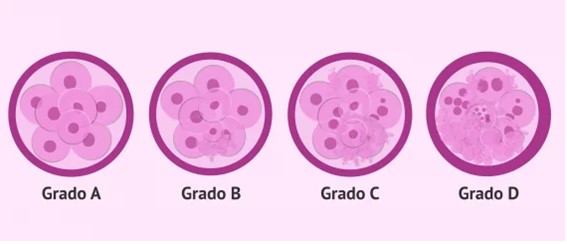Knowing how to assess embryo quality is a significant factor in the laboratories of assisted human reproduction because this knowledge helps to select the embryos that have high implantation potential and can evolve into a successful pregnancy.
Some years ago, this classification was solely based on embryo morphology. Basically, the embryologists considered the cell count, their symmetry, and the percentage of fragmented cells. Using these parameters we classified the embryo under the letter system: A, B, C, and D, where A embryos were of the best quality and D embryos were the poorest.
The incorporation of incubators equipped with time-lapse imaging tools a few years ago allowed adding a kinetic assessment. That is how morphokinetic classification was created. Apart from observing the morphological parameters explained earlier, now we observe the rhythm of cell division too. We improved the method of selecting the embryos for transfer with this new classification system.
Recently, we introduced the EMBRACE technique to find out the genetic quality of the embryos. With this technique, we can also pick the embryos based on their genetic quality.
All these tools help us refine selection methods for the embryos and transfer those that have better chances to implant reducing the number of transfers.
Daniel García
Embryologist
IMAGE: Calidad embrionaria para transferencia o congelación de embriones (reproduccionasistida.org)
#assistedreproduction
#fertilitytreatment
#eggdonation
#IVF
#ICSI
#ivficsi
#artificialinsemination
#manzaneraclinic
#oocytedonation
#spermdonation
#gametedonation
#embryoquality
#embryograding

